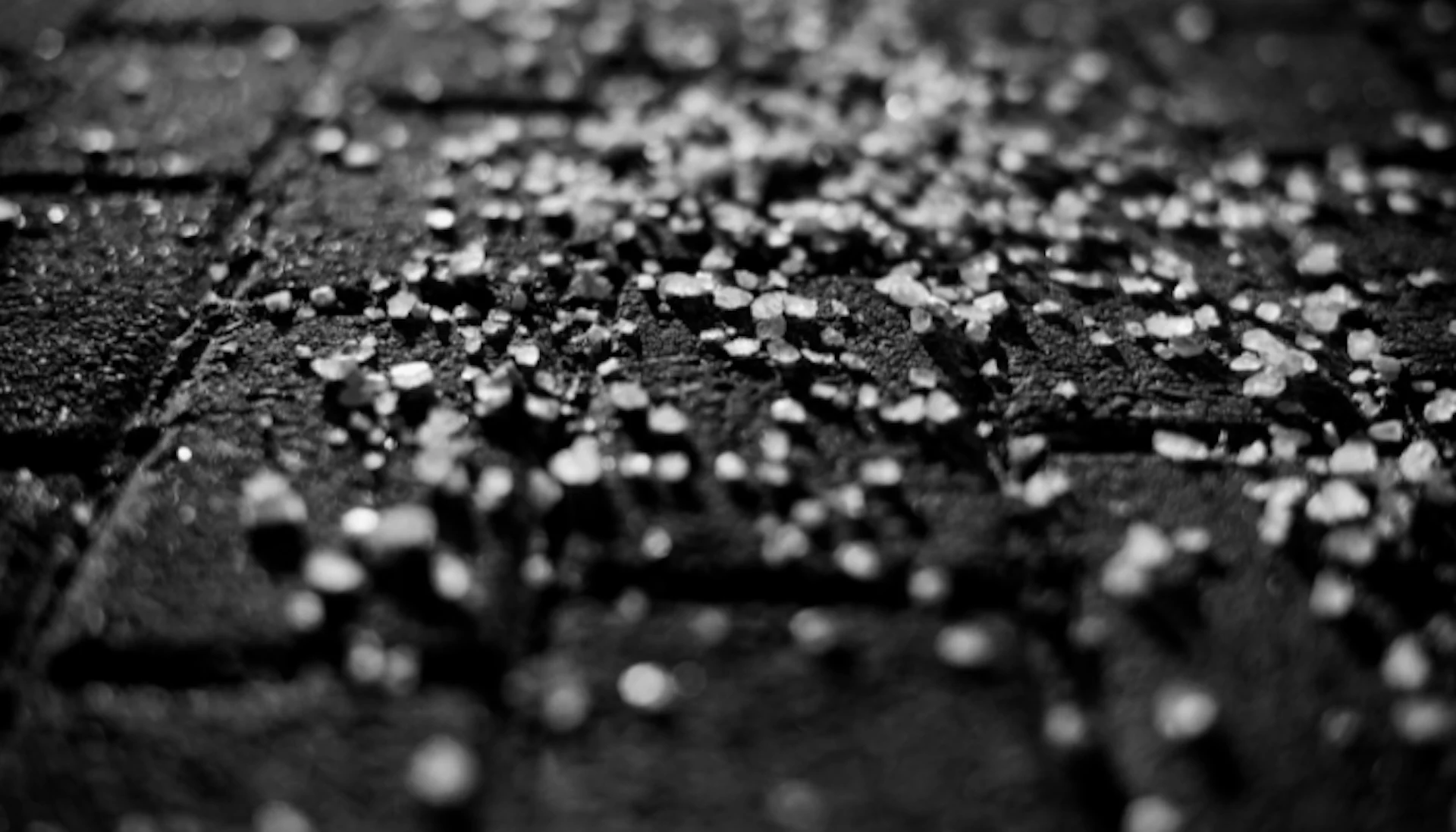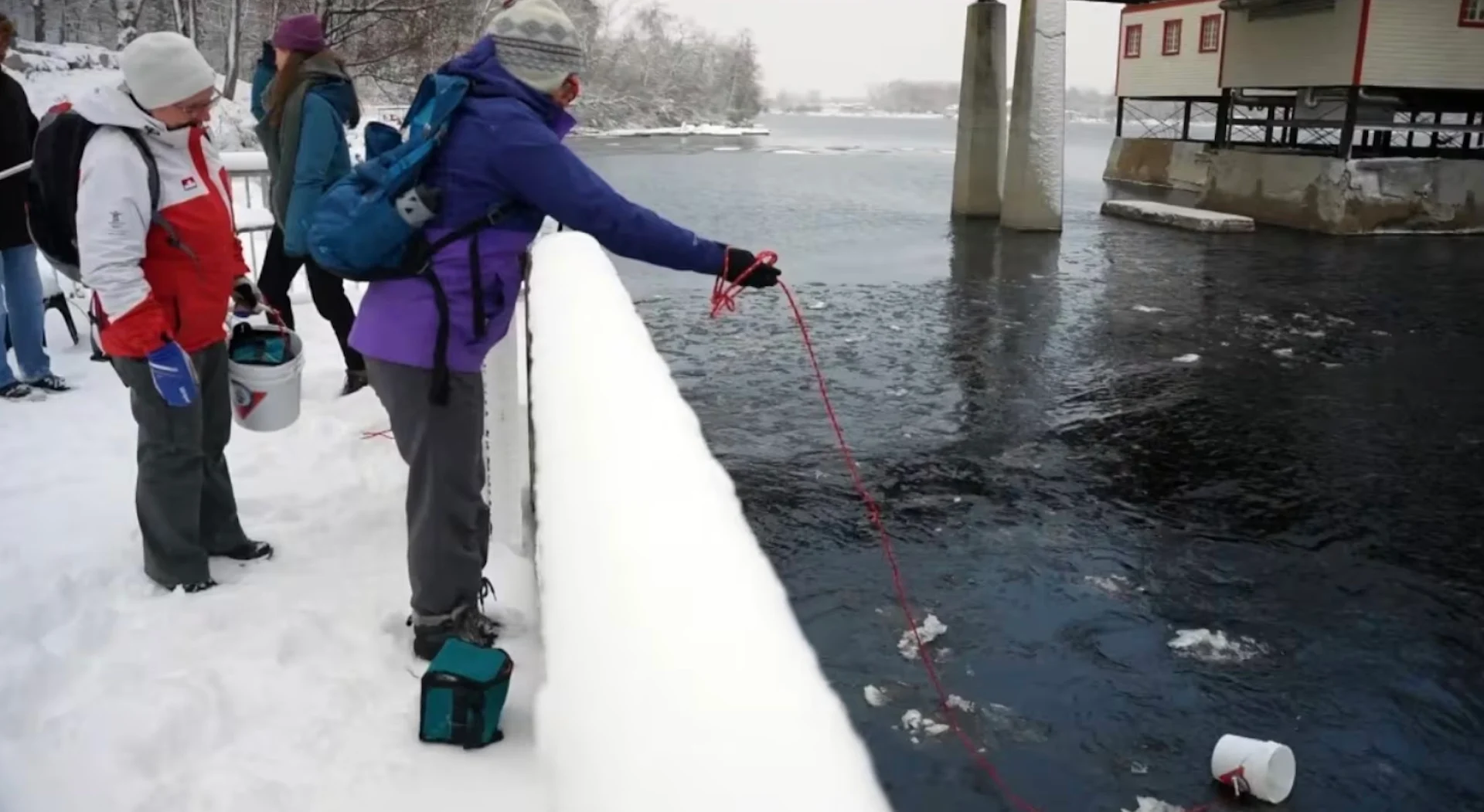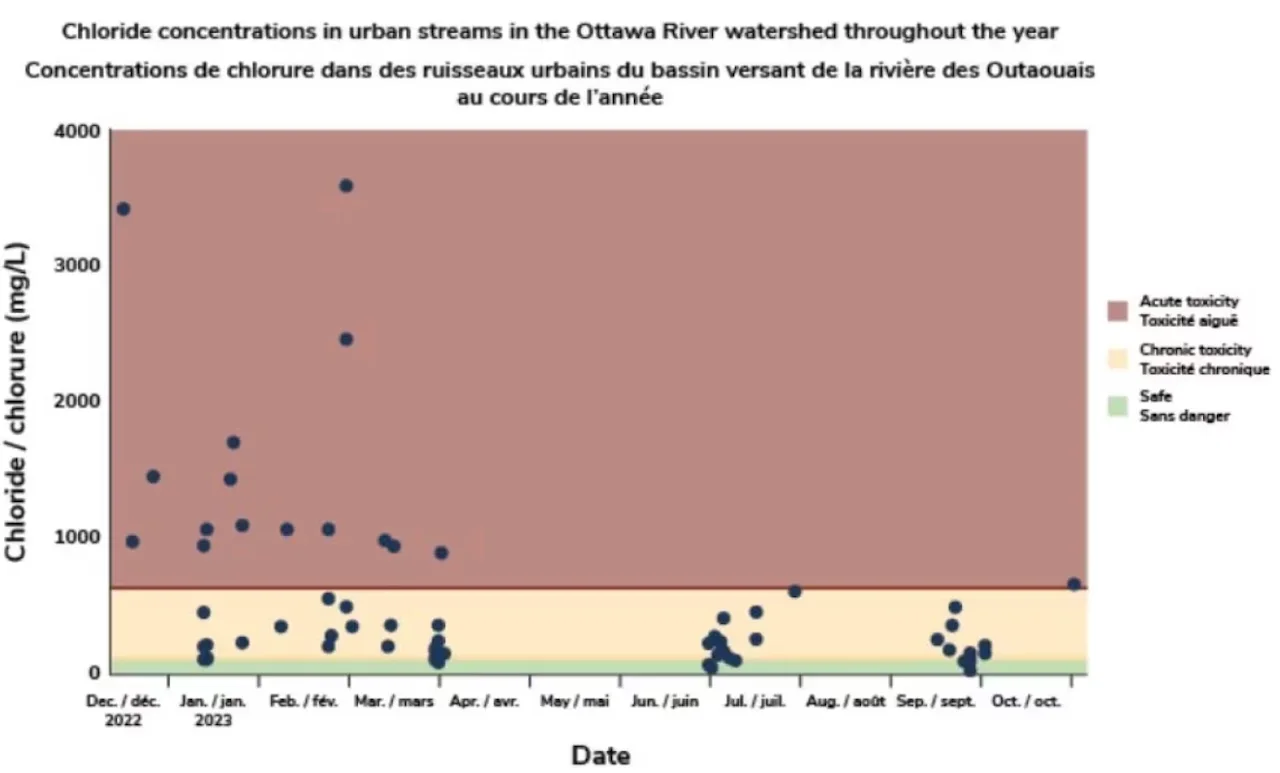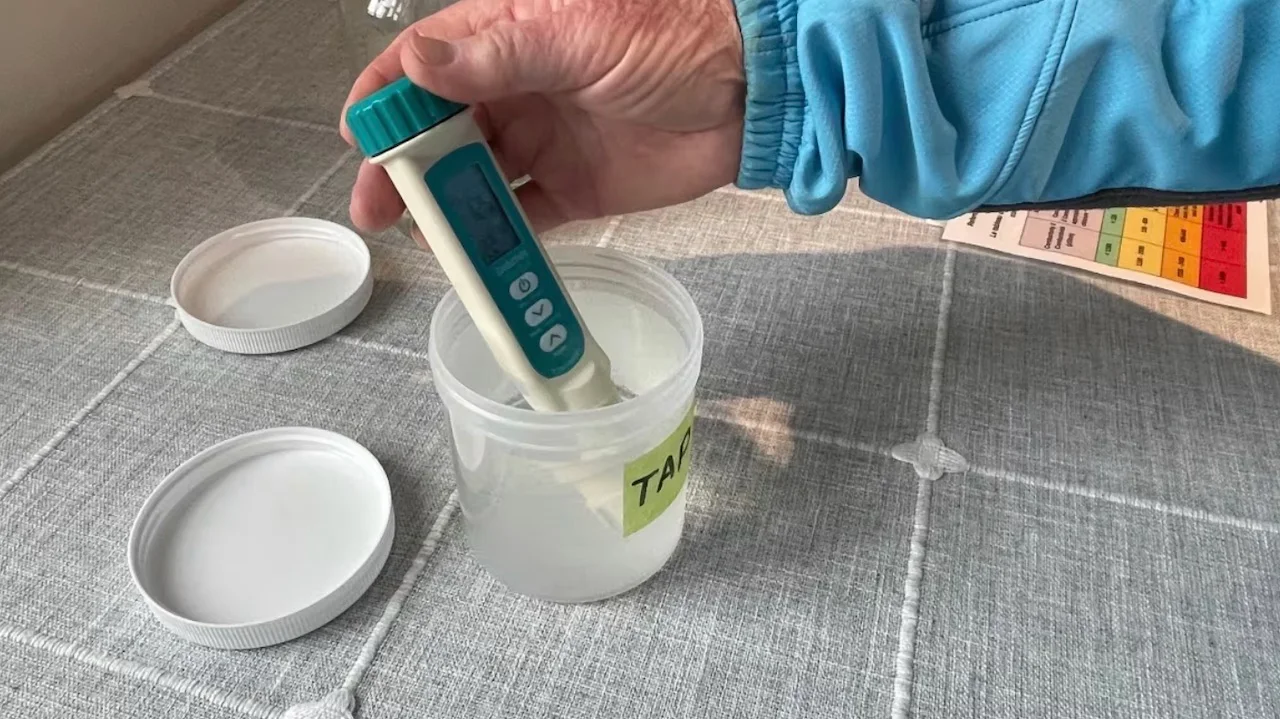
Road salt project tracking toxicity in Ottawa's waterways
Winter has arrived in Ottawa, and that means slick roads, sidewalks and driveways are increasingly covered with salt and grit.
But one organization is aiming to draw attention to the overuse — and misuse — of salt, which eventually makes its way into the National Capital Region's streams and rivers, affecting the organisms that live there.
DON'T MISS: Reducing road salt use 'not something that can wait,' researcher says
Earlier this month, volunteers with the Ottawa Riverkeeper made their way to the Ottawa River, in front of the NCC River House. They arrived with buckets and devices to measure the water's conductivity — how easily it carries an electrical current.
That's because the chloride ions that make up road salt don't break down easily when the salt dissolves in water.
Higher conductivity usually means there's more chloride ions in the water, which can be toxic to aquatic life.
"It just stays in our environment and then it gets more and more concentrated," said Elizabeth Grater, science programs co-ordinator at Ottawa Riverkeeper.

A volunteer collects a water sample from the Ottawa River, near the NCC River House, to learn how to test the water's conductivity, which provides a strong correlation with chloride levels. (CBC)
She said the chloride ions can settle in creeks or seep into the soil, also infiltrating groundwater.
High levels persist into summer
The Canadian Water Quality Guideline established by the Canadian Council of Ministers of the Environment states chloride levels of 120 milligrams per litre can lead to chronic, long-term toxicity for aquatic species.
Anything above 640 milligrams per litre is considered acutely toxic.
The Ottawa Riverkeeper's spot testing of streams and creeks throughout the river's watershed over the past year found many locations with chloride concentrations well above acutely toxic levels during the winter months.
Concentrations in the chronic toxicity range persisted even longer, being measured through the summer into September.

A graph shows chloride levels in the Ottawa River watershed since December 2022, with acute toxicity levels persisting throughout the winter months. Samples showed concentrations remained above chronic toxicity levels into late summer. (Ottawa Riverkeeper)
In past years, volunteers would make weekly treks out to creeks and streams for at least four months of the year, between December and April or May, to measure the water's conductivity.
If conductivity was high, they would take a sample and send it off to a lab for analysis.
This year, volunteers will also be using testing strips that will measure chloride levels directly and provide results in a matter of minutes.
They'll still send samples to a lab, however, to confirm the results, the Ottawa Riverkeeper told CBC.

Nearly two dozen volunteers will be monitoring chloride levels at 23 stream sites, all part of the Ottawa River watershed. (Ottawa Riverkeeper)
Targeting volunteers, decision makers
The Ottawa Riverkeeper said one of its goals of having volunteers conduct the tests is to boost awareness of the environmental effects road salt has local bodies of water.
It also publishes the results for people to view.
The organization is also trying to target policy makers, and last summer that included creating a training video for the City of Ottawa's salt truck operators.
"These operators have a lot of challenges when they're out clearing snow and ice and everything," said Larissa Holman, director of science and policy at the Ottawa Riverkeeper.

Nancy Biggs tests the level of choride in a water sample as part of her volunteer training as part of the Ottawa Riverkeeper's road salt monitoring program. (Nelly Alberola/Radio-Canada)
"But for them to be mindful of the impact on the environment, that's a role that we can play at Ottawa Riverkeeper: to help people who are in those driver seats make good decisions."
For volunteer Nancy Biggs, it's about her family.
"It's just something to do for my grandkids … for future generations, to keep our environment clean," she said.
WATCH: Why do we use road salt to melt snow and ice?
Thumbnail was created by Cheryl Santa Maria/The Weather Network. It contains an image courtesy of CANVA PRO.
The story was originally written by and published for CBC News. It contains files from Radio-Canada's Nelly Alberola.